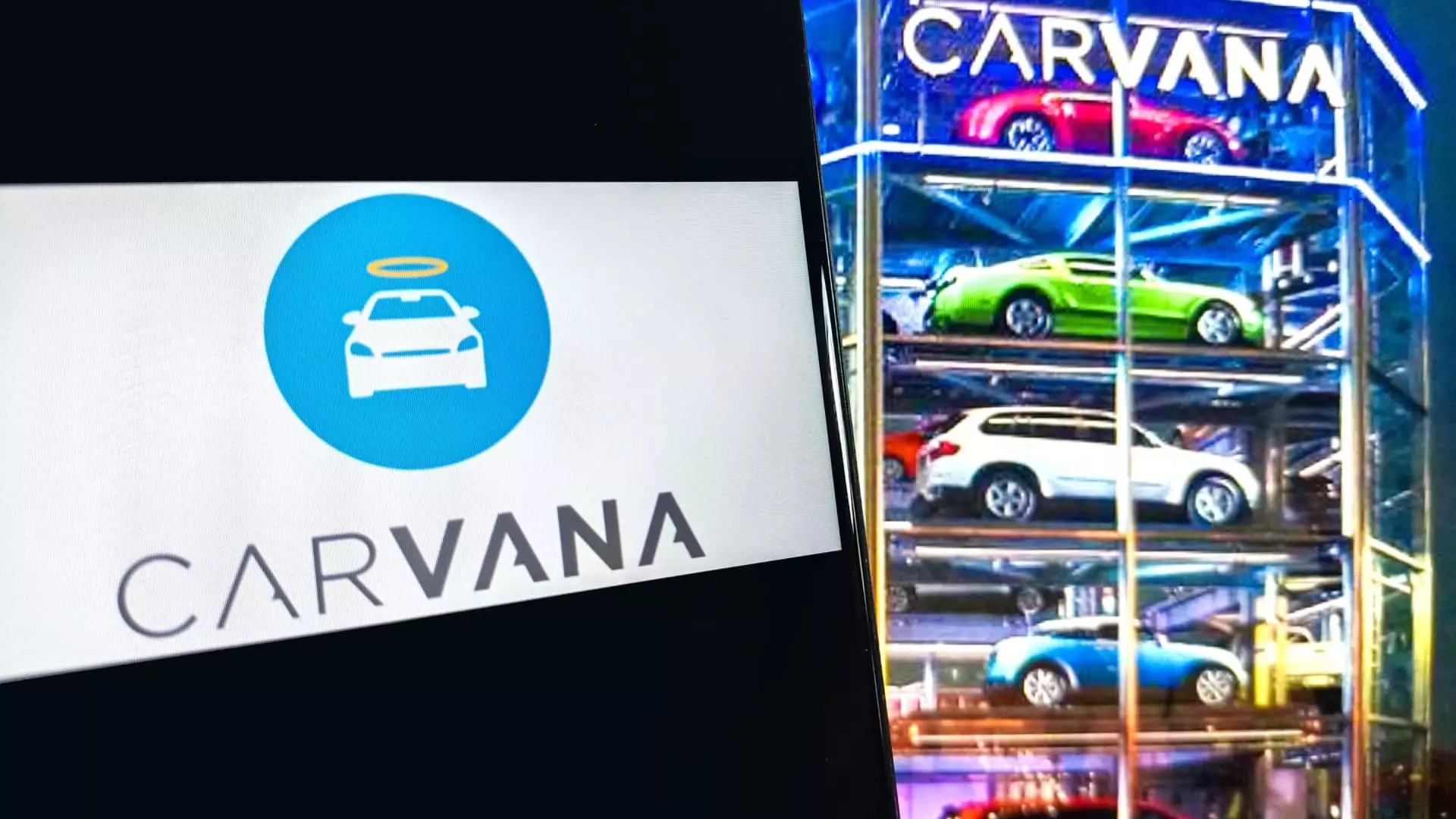Hindenburg Research has stirred considerable controversy by initiating a short position against Carvana, questioning the online used-car retailer’s recent financial resurgence. Their report, indicating that Carvana’s purported turnaround is merely an illusion, suggests that it is sustained through precarious lending practices and questionable accounting methods. The implications are significant, with share prices reflecting a decline of approximately 3% in response to Hindenburg’s allegations, despite an impressive near 400% increase in stock value throughout 2023 due to initial signs of recovery and operational cost reductions.
At the heart of the Hindenburg report lies the intricate financial relationship between Carvana’s CEO, Ernie Garcia III, and his father, Ernest Garcia II, who also serves as the company’s largest shareholder. Hindenburg claims to have unearthed a staggering $800 million in loan sales allegedly directed to an unidentified related party. This raises questions about the integrity of Carvana’s financial reporting, particularly around how income growth is being artificially boosted through what they describe as “accounting manipulation.” The report posits that as insiders profit significantly by liquidating their shares, the company’s financial health remains suspect.
Concerns Over Loan Practices and Borrower Extensions
The report asserts that Carvana’s financial practices may be obscuring a growing trend of delinquencies among borrowers. It implicates a loan servicer affiliated with DriveTime, owned by Garcia II, in enabling borrower extensions as a way to mask the potential rise in defaults. Hindenburg’s findings suggest that rather than accurately reporting customer delinquencies, Carvana is opting for extensions that could misrepresent the company’s actual financial vulnerabilities. This strategy, if confirmed, may pose serious concerns regarding the transparency and reliability of Carvana’s income reports.
Skepticism surrounding the Garcia family’s control over Carvana is not a new phenomenon. Investors have previously raised alarms about potential conflicts of interest, particularly regarding various lawsuits claiming that the family executed a “pump-and-dump” scheme for personal gain. Carvana’s history can be traced back to its public offering in 2017, following its spin-off from DriveTime, a previously bankrupt rental-car enterprise. Ernest Garcia II’s controversial past—his guilty plea related to bank fraud in 1990—further complicates the situation, feeding into the narrative of mistrust.
With Hindenburg Research’s incendiary claims and the cyclical pattern of declining stock performance following such reports, the future trajectory of Carvana remains uncertain. Investors are left to grapple with conflicting narratives: one of a reinvigorated business model and the other of an impending financial reckoning driven by alleged unethical practices. As Carvana navigates these turbulent waters, the scrutiny from short sellers and investor skepticism may pose formidable challenges in asserting a stable recovery and regaining market confidence. The company’s path ahead will undoubtedly hinge on its ability to address these serious allegations and demonstrate a commitment to transparency and ethical governance.


Leave a Reply